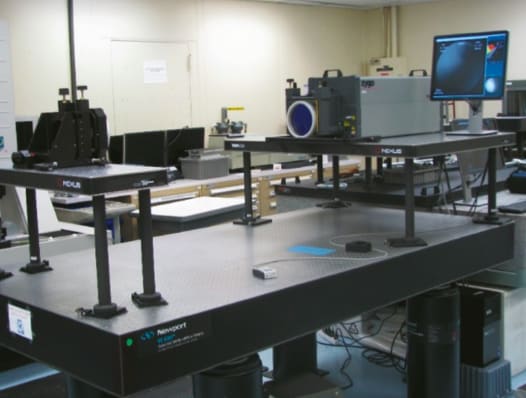The primary function of a window is to allow observation of, and protection from, a potentially hazardous environment. Yet, from the window designer’s point of view, ensuring protection from weather conditions in home windows; from wind, temperature, and airborne debris in automotive windows; and from extreme pressures and temperatures in aircraft and spacecraft windows has almost always taken precedence over image quality. It is more important to protect an astronaut from the vacuum of space than to provide clear imagery, yet these are not exclusive requirements. Advances in materials and material processing allow the designer to attain better optical performance while not sacrificing important material specifications such as strength. In addition, increased performance demands on spacecraft windows — which are now used for photography, telescope observation, and laser communications — require greater consideration of optical clarity.

Along with the need for better optical performance comes a corresponding need for improved definition and quantification of the distortion of an optical window. A new method for quantifying distortion based on phase-shifting interferometry has been developed.
Three different methods for measuring distortion were compared, starting with a technique where a test pattern is photographed at some distance with and without the window, and the two images compared. A newer technique using Moiré interferometry was tried, and the third approach used a phase-shifting interferometer. In all three cases, the same window was examined — a roughly 6-in.- diameter (≈15-cm) section of acrylic sheet [3/16-in. (≈0.5-cm) thick] that has appreciable distortion. This is of interest because future spacecraft are being designed with plastic windows instead of fused silica in order to save weight, even though plastics typically have greater window distortion than the fused silica windows they are replacing.
Phase-shifting interferometry is a standard technique for measuring the optical path length of optical components. A phase-shifting interferometer measures the difference in optical path length between two reference mirrors. So before a window is inserted into the system, the optical path length with just the reference windows is measured to provide a background measurement. At first glance, this appears to be a preferable technique for measuring distortion over image comparison and Moiré interferometry; however, each has its strengths and weaknesses.
Phase-shifting interferometry provides the highest-resolution measurements, but the system is expensive, and the dynamic range is limited to only higher-quality windows. Also, scanning large-area windows requires making multiple measurements and then stitching the imagery to obtain a complete window map. Moiré interferometry is inexpensive and sensitive, but quantifying the data can be difficult, and requires careful measurement and analysis. Even so, once the algorithm is developed, this approach can be scaled to large windows by using a larger spherical mirror, and the system sensitivity can be adjusted by changing the spherical mirror’s radius of curvature. Therefore, it can be used over a wide range of window qualities. Finally, the image comparison approach is the least expensive and most straightforward, and has been the standard method for many years. It is adequate when examining relatively low-performance windows, but it is limited in performance.
This work was done by Robert C. Youngquist, Mark A. Nurge, and Miles Skow of Kennedy Space Center. KSC-13954

